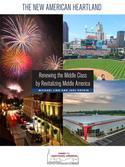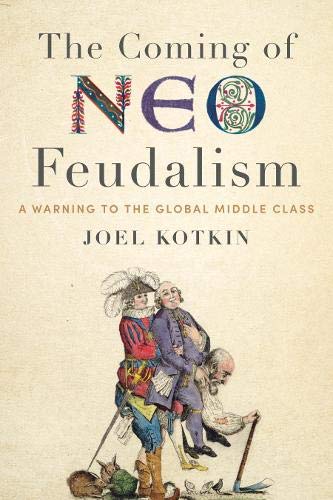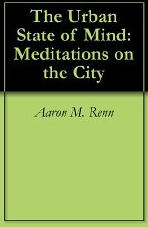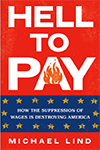Prague is the capital of Czechia, a nation most readers have probably never heard of. Last year, the Czech Republic adopted a new name that does not reveal its governance structure (republic). The new name has not enjoyed widespread acclaim. The union of Czechoslovakia, which dates from the end of World War I, split peacefully in 1993, resulting in the creation of Czech Republic and Slovakia. read more »
Demographics
Seattle Booms in Latest Census City-Level Estimates
Seattle tops the growth charts among the top 25 cities in the Census Bureau’s latest release of 2016 city and town population estimates.
Seattle, a land-locked (no annexation) city in the Pacific Northwest with a limited history of high density, managed to add 20,847 people last year, a growth rate of over 3% – tops among the 25 largest cities. read more »
- Login to post comments
The Best Small and Medium-Size Cities For Jobs 2017
Much of the U.S. media tends to see smaller cities as backwaters, inevitably left behind as the “best and brightest” head to the country’s mega-regions. The new economy, insists the Washington Post, favors large cities for start-ups and new businesses. Richard Florida has posited the emergence of a “winner take all urbanism” that tends to favor the richest cities, such as New York and San Francisco. read more »
- Login to post comments
What Trump has wrought
Just a few short months ago, we seemed on the brink of a new political era. Donald Trump improbably was headed to the White House, while the Democratic Party, at near historic lows in statehouse power and without control of either house of Congress, seemed to be facing a lengthy period in political purgatory. read more »
The Evolving Urban Form: Budapest
The Budapest area has lost population overall since 1980, having fallen from 3.03 million to 2.99 million in 2016, according to Hungarian Central Statistical Office data as reported by citypopulation.de (Graphic 1). This 1.3 percent loss is smaller than the national population loss over the same period of 8.2 percent. Moreover, during the last five years, the Budapest area is estimated to have gained 1.7 percent, even as Hungary lost 1.1 percent. read more »
- Login to post comments
America's Heartland is Critical to Our Future
The results of the 2016 presidential election have been ascribed -- by the winner’s critics -- to racism, hysteria, stupidity, or nostalgia. But what the results most reflected was a looming economic divide. Essentially, Donald Trump won in the parts of the country that grow most of the food, drill for oil and gas, and produce palpable things. The places that went for Hillary Clinton are where intangibles such as media, software, and financial transactions drive the economy. read more »
- Login to post comments
Move Over, San Francisco: Dallas Tops Our List Of The Best Cities For Jobs 2017
Dallas is called the Big D for a reason. Bigger, better, best: that’s the Dallas mindset. From the gigantic Cowboys stadium in Arlington to the burgeoning northern suburbs to the posh arts district downtown, Dallasites are reinventing their metropolis almost daily. The proposed urban park along the Trinity River, my Dallas friends remind me, will be 11 times bigger than New York’s Central Park. read more »
- Login to post comments
The New American Heartland: Renewing the Middle Class by Revitalizing the Heartland
This is the introduction to a new report written by Joel Kotkin and Michael Lind with a team of contributors. Download the full report (pdf) here.
The greatest test America faces is whether it can foster the kind of growth that benefits and expands the middle class. To do so, the United States will need to meet three challenges: recover from the Great Recession, rebalance the American and international economies, and gain access to the global middle class for the future of American goods and services. read more »
- Login to post comments
The globalization debate is just beginning
The decisive victory of Emmanuel Macron for president of France over Marine Le Pen is being widely hailed as a victory of good over evil, and an affirmation of open migration flows and globalization. Certainly, the defeat of the odious National Front should be considered good news, but the global conflict over trade and immigration has barely begun. read more »
- Login to post comments
California's War on the Emerging Generation
It should be the obligation of older citizens to try to improve the prospects for their successors. But, here in California, as seen in a new report issued by the Chapman Center for Demographics and Policy, we seem to have adopted an agenda designed to make things tougher for them. read more »
- Login to post comments





















